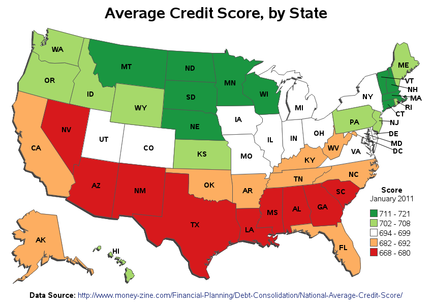When a credit score is not enough

According to The American Society for Aesthetic Plastic Surgery, “In 2016, Americans spent more than 15 billion dollars on combined surgical and nonsurgical procedures…” Add this number to the billions of dollars that were spent in the Lasik, Minimally Invasive Spine Surgery, Cosmetic Dentistry, Addiction Treatment, Chiropractic and other healthcare verticals and you will understand why the Patient Finance Industry is a vital part of our healthcare economy and ecosystem.
As with most consumer finance programs, decisions are fueled by FICOTM scores. The trouble with fueling a multi-billion dollar program, tied to these scores, is many people are left without options for treatment even with insurance. Meeting a $5,000 deductible means the consumer has to set aside $416.00 per month for a year just to afford treatment. Along comes finance options, so how does a credit score fit into this conversation?
According to one CNBC report, 45 million Americans are existing without FICOTM scores. We decided to look a little deeper at our existing patient accounts and what we found may surprise you. In a sample size of 20,000 patients we looked at 2,000 accounts that had no credit score and examined how they paid their medical debt with us. What we found was astonishing, these ZERO score patients performed as well as the 575-599 (see chart below) credit scores, in other words, they paid their bills far better than we expected. With approximately 14% of the American population not having an established credit score, how many patients get turned away from your healthcare practice? It’s likely many of your patients would not qualify for credit to pay for services you want to provide.
Now consider the “Under-Banked” population. Below is an excerpt from a recent FDIC report on the under banked population in the U.S.:
“An additional 19.9% of U.S. households were “under-banked” in 2015, meaning that the household had an account at an insured institution but also obtained financial services and products outside of the banking system. Specifically, a household is categorized as “under-banked” if it had a checking or savings account and used one of the following products or services from an alternative financial services (AFS) provider in the past 12 months: money orders, check cashing, international remittances, payday loans, refund anticipation loans, rent-to-own services, pawn shop loans, or auto title loans.”
> Approximately 24.5 million U.S. households, composed of 51.1 million adults and 16.3 million children, were “under-banked” in 2015.
> The “under-banked” rate was essentially unchanged from 2013.
People just don’t have banking relationships like they used to. I rarely see people writing checks with the exception of the grocery line I always seem to get into. Having to decline patients because they don’t fit into a credit score of banking model can have a major impact on your practice. We think that is just wrong and we are doing something about it. We are giving patients a lot of credit and think you should too.
When we started HFD in the spring of 2009 we knew one important thing; not everyone can qualify for prime finance options in the healthcare space and changing that would help a lot of people. So, we developed a proprietary algorithm that looked at 9 independent factors of a consumer’s propensity to pay and built a program around that. We think credit score is a factor, but stability should be added to a weighted score. How long someone has lived at the same address, how long they have been on the same job, show how stable a consumer’s lifestyle is. Our algorithm considers this and several other factors adding up to score risk with an “A thru E” model. When consumers fall in the “E” box our system may require a larger down payment to mitigate the risk as opposed to an “A” score that may have a lower down-payment requirement. Since our programs are customized for each medical provider we can take into consideration many things that a traditional model can’t. Simply put, flexible finance options help more patients. When you can design a finance program that works for all your patients and you, why not invest 20 minutes to find out more.
Helping patients is why we started our company and what our medical providers do every day. If you are frustrated by turning away patients, we should talk. Come and see why we are the most trusted name for in-house patient finance programs in the U.S. There is a difference and the difference is you.